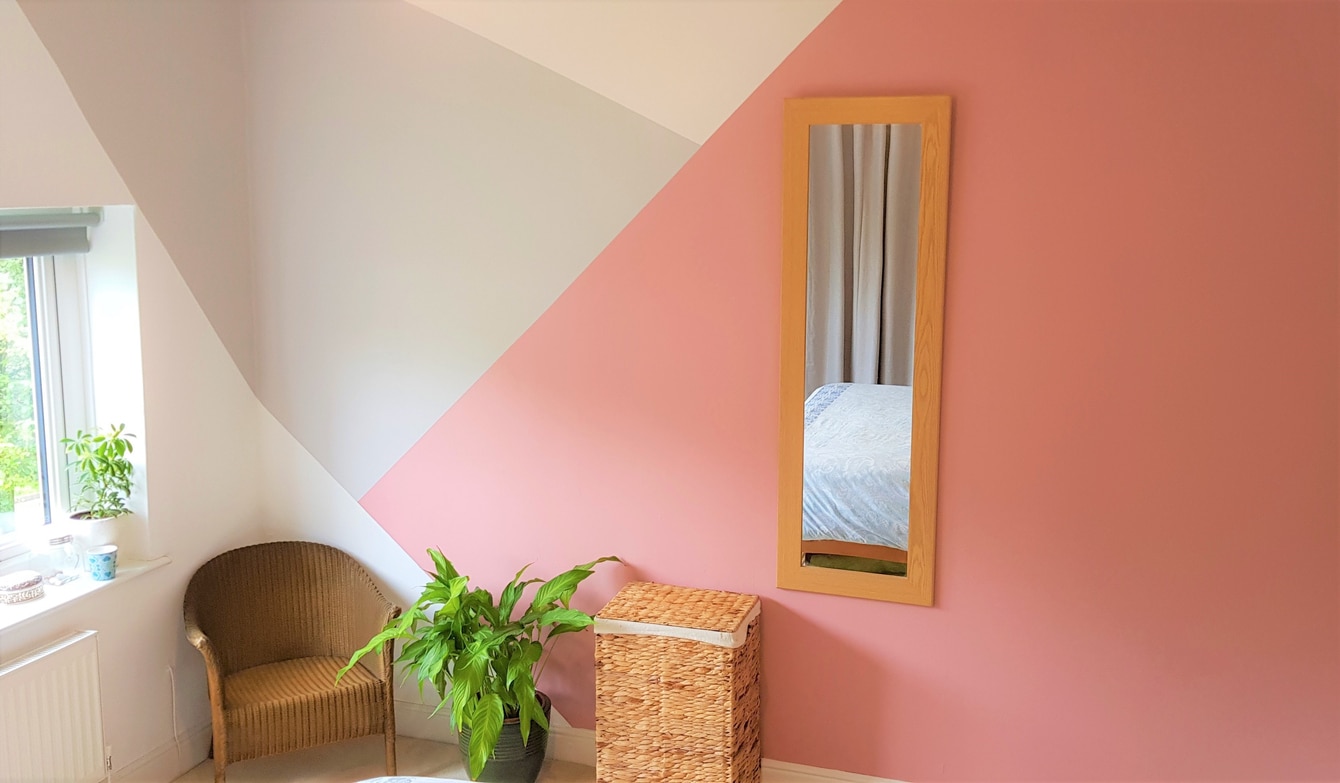Repainting the interior of a home is often seen as a finishing touch or a cosmetic upgrade. But it’s much more than that. The frequency with which you should repaint your walls, ceilings, woodwork, and other surfaces can depend on factors such as room usage, the quality of previous work, environmental conditions, and personal preference. At Alan Cox Decorating, we are often asked: “How often should I repaint my home?” This guide provides a clear answer, along with practical advice based on years of experience working in homes across the region.

Why Repainting Matters
While a fresh coat of paint undoubtedly improves the appearance of your home, it also plays a vital role in maintaining your property. Paint protects surfaces, covers stains or discolouration, and can even influence mood and lighting. In high-traffic areas, timely repainting can prevent long-term damage, keeping your home both attractive and functional.
General Guidelines: Room-by-Room Recommendations
Different rooms in a house wear at different rates. Here’s a detailed breakdown of how often you should consider repainting each area, based on professional standards.
Living Room and Dining Room
Recommended: Every 5–7 years
These areas often see steady but moderate activity. If high-quality paint was used and the surface preparation was done properly, walls can remain in good condition for several years. However, if young children or pets are part of the household, repainting may be required sooner due to scuffs or stains.
Pro Tip: Using washable, low-sheen paints (like eggshell or satin) makes cleaning easier without compromising appearance.
Kitchen
Recommended: Every 3–4 years
Kitchens are subject to moisture, grease, heat, and cooking smells. Walls near hobs or sinks can suffer from staining, and condensation may lead to discolouration or peeling over time.
Professional Advice: Durable, washable paints—such as scrubbable matt or soft-sheen emulsions—can increase longevity. Proper ventilation also helps prevent premature damage.
Bathroom
Recommended: Every 3–4 years
Humidity, steam, and daily use can quickly take a toll. Even specialist bathroom paint will show signs of wear eventually.
Best Practice: Look for mould-resistant or anti-condensation paints in bathrooms to delay the need for redecoration.
Bedrooms
Recommended: Every 5–7 years (adults), Every 2–3 years (children’s rooms)
Adult bedrooms generally experience less wear and tear, but children’s bedrooms often become creative zones—complete with drawings, stickers, or scratches. Repainting children’s rooms more frequently is common.
Our Experience: Many parents choose fun, vibrant colours for children’s rooms, which may need updating as tastes change or as children grow.
Hallways, Staircases, and Corridors
Recommended: Every 2–4 years
These are among the highest traffic areas in any home. Finger marks, knocks from bags or furniture, and general wear can all take their toll quickly.
Expert Tip: Consider hard-wearing paint finishes for hallways—satin or eggshell are often good choices for these zones.
Ceilings, Woodwork, and Radiators
Ceilings
Recommended: Every 5–10 years
Ceilings typically last longer than walls, but can become dull or discoloured over time—especially in kitchens or rooms with fireplaces. Water stains or smoke damage from candles can also be an issue.
Tip: Use a specialist ceiling paint for a bright, consistent finish. If you’ve had a leak, it’s important to seal stains before repainting to prevent them bleeding through.
Skirting Boards, Architraves, and Doors
Recommended: Every 4–6 years
Gloss or satinwood finishes on woodwork can yellow, chip, or lose their sheen. These areas are frequently touched or knocked, particularly around door frames.
Our Recommendation: Opting for water-based satin finishes can help reduce yellowing and improve drying times.
Radiators
Recommended: Every 6–8 years, or when repainting the room
Paint on radiators can crack, flake, or discolour over time due to heat. If your radiators are visible and part of the room’s aesthetic, a fresh coat of specialist radiator paint can make a noticeable difference.
Factors That Can Influence Repainting Frequency
While the above timelines offer a solid general guide, there are variables that can affect how soon you may need to repaint.
1. Quality of Previous Work
Poor surface preparation or use of low-quality paint can lead to faster deterioration. At Alan Cox Decorating, we ensure all surfaces are properly prepped—cleaned, filled, sanded, and primed if needed—before any paint is applied.
2. Household Habits
Homes with pets, smokers, or young children tend to require more frequent touch-ups or full repainting.
3. Environmental Conditions
Humidity, poor ventilation, or damp issues can reduce the lifespan of paint, particularly in kitchens and bathrooms.
4. Trends and Personal Preference
Sometimes, repainting is driven not by wear and tear but by a desire to change the mood or décor. If you’re updating furniture or moving into a new home, a fresh palette can set the tone for your space.
Signs It’s Time to Repaint
Even if you’re not sure how long it’s been since the last job, these signs are good indicators that your home is due for a repaint:
- Faded or dull colour
- Peeling or flaking paint
- Cracks or holes in the wall
- Mould or mildew stains
- Yellowing woodwork or ceilings
- Persistent marks or stains that won’t clean off
Why Choose a Professional?
While some homeowners take a DIY approach, a professional decorator brings skill, experience, and efficiency to the task. At Alan Cox Decorating, we use high-quality materials and proven techniques to ensure a long-lasting, smooth finish with minimal disruption.
You’ll benefit from:
- Honest, no-obligation quotes
- Expert colour and finish advice
- Clean, tidy, and respectful service
- Meticulous preparation and attention to detail
Whether you’re refreshing a single room or planning a full redecoration, our service ensures the job is done to a professional standard that adds value to your home.
Final Thoughts
The ideal frequency for repainting your interior spaces depends on a combination of use, finish, environment, and personal taste. As a general rule, most homes benefit from a refresh every 3–7 years. High-traffic areas and spaces exposed to moisture or daily use will require attention more often.
If you’re unsure where to begin or want an expert opinion on what your home needs, Alan Cox Decorating is here to help. With years of experience serving local homeowners and landlords, we offer trusted advice, skilled workmanship, and lasting results.




